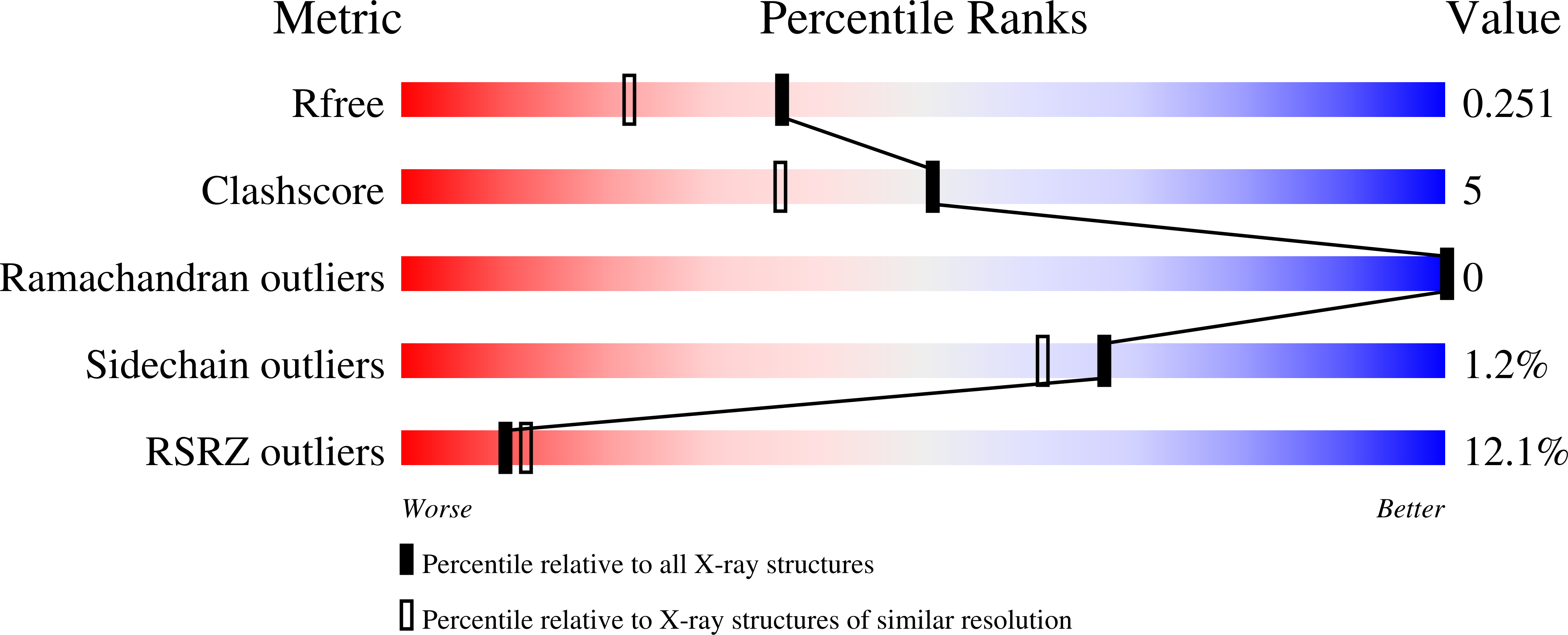
Deposition Date
2024-05-15
Release Date
2025-05-21
Last Version Date
2025-06-11
Entry Detail
Biological Source:
Source Organism:
Lama glama (Taxon ID: 9844)
Severe acute respiratory syndrome coronavirus 2 (Taxon ID: 2697049)
Severe acute respiratory syndrome coronavirus 2 (Taxon ID: 2697049)
Host Organism:
Method Details:
Experimental Method:
Resolution:
1.94 Å
R-Value Free:
0.24
R-Value Work:
0.19
R-Value Observed:
0.20
Space Group:
I 2 2 2


